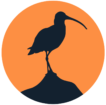Finland – Day 3. Linnunsuo wetland and Liperi to see the curlews in the nesting areas in the western part of North Karelia.
The sun glinted off the freshwater pools, and the azure sky was filled with the sound of hundreds of little gulls and migrating barnacle geese. In the shallows were dabbling shoveler, teal, and pintail, with diving goldeneye and tufted duck in the deeper sections, all flanked by displaying ruff, wood sandpiper, and little ringed plover on the muddy margins. A marsh harrier flew over, as did a common crane, and a whooper swan sat low on its nest on an island - there was more, but you get the idea. It was hard to believe this was once a full-on peat extraction area, but now it is being returned to nature by Snowchange. Their work at Linnunsuo wetland is explained here.

It wasn’t really a curlew visit, more a chance to see how things can change in a landscape dominated by peat extraction and commercial forestry, and we loved every minute. It also gave us time to talk to Tero Mustoten, the founder and president of Snowchange, on the importance of community-level conservation. Nothing exists in isolation, nature and people live intertwined lives, they have cultures and histories, associations, and loyalties, and they are all part of the big picture. It is something I write about in my book Beak, Tooth and Claw - you can’t separate people from how we live in and use the natural world. The full interview between Patrick Laurie and Tero will appear on our youtube channel very soon. The culture of a place and how it is soaked into the very soul of communities is something Patrick relates to very much - he has seen life in Dumfries and Galloway disappear as commercial plantations have swallowed up vast tracts of land.
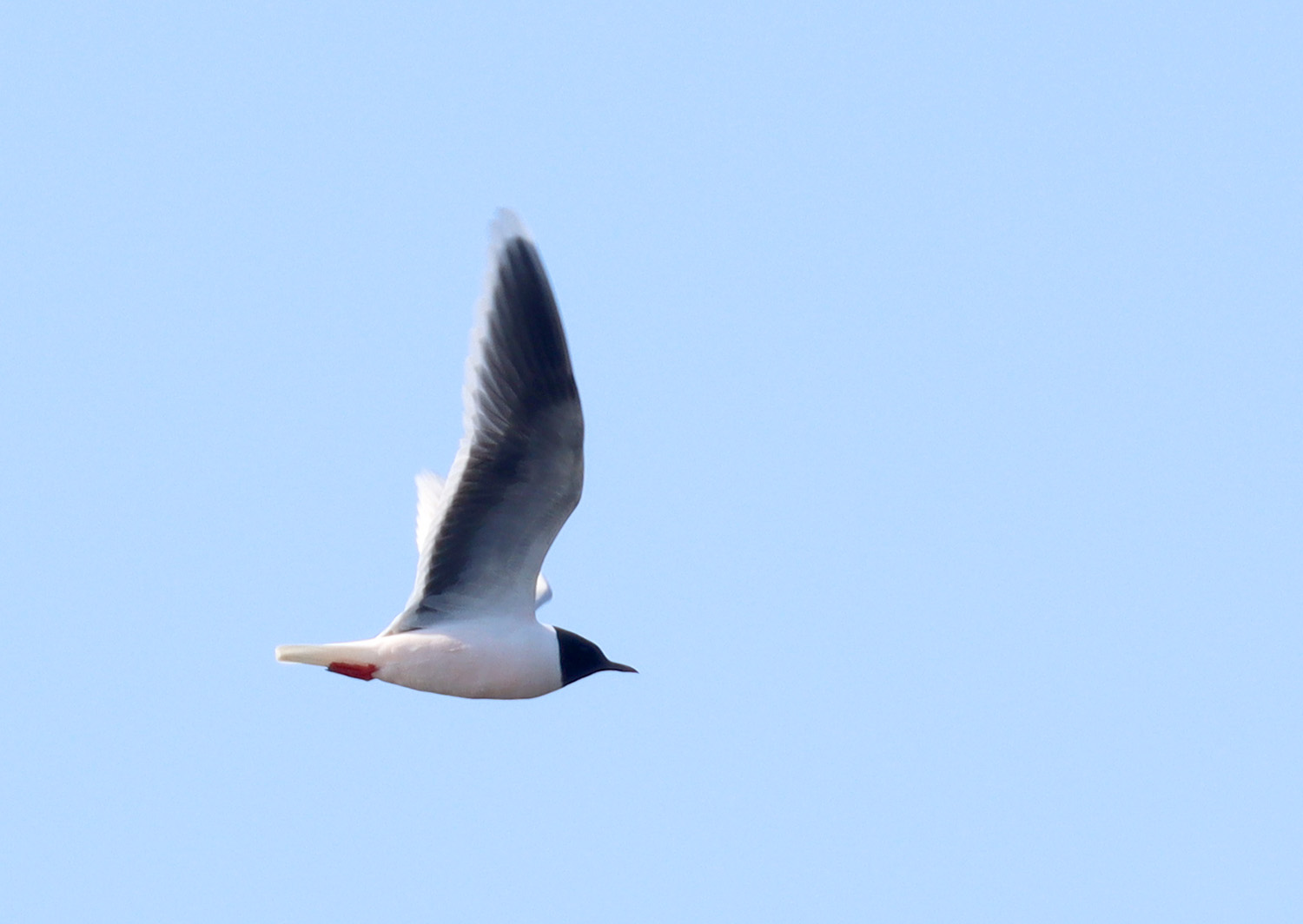
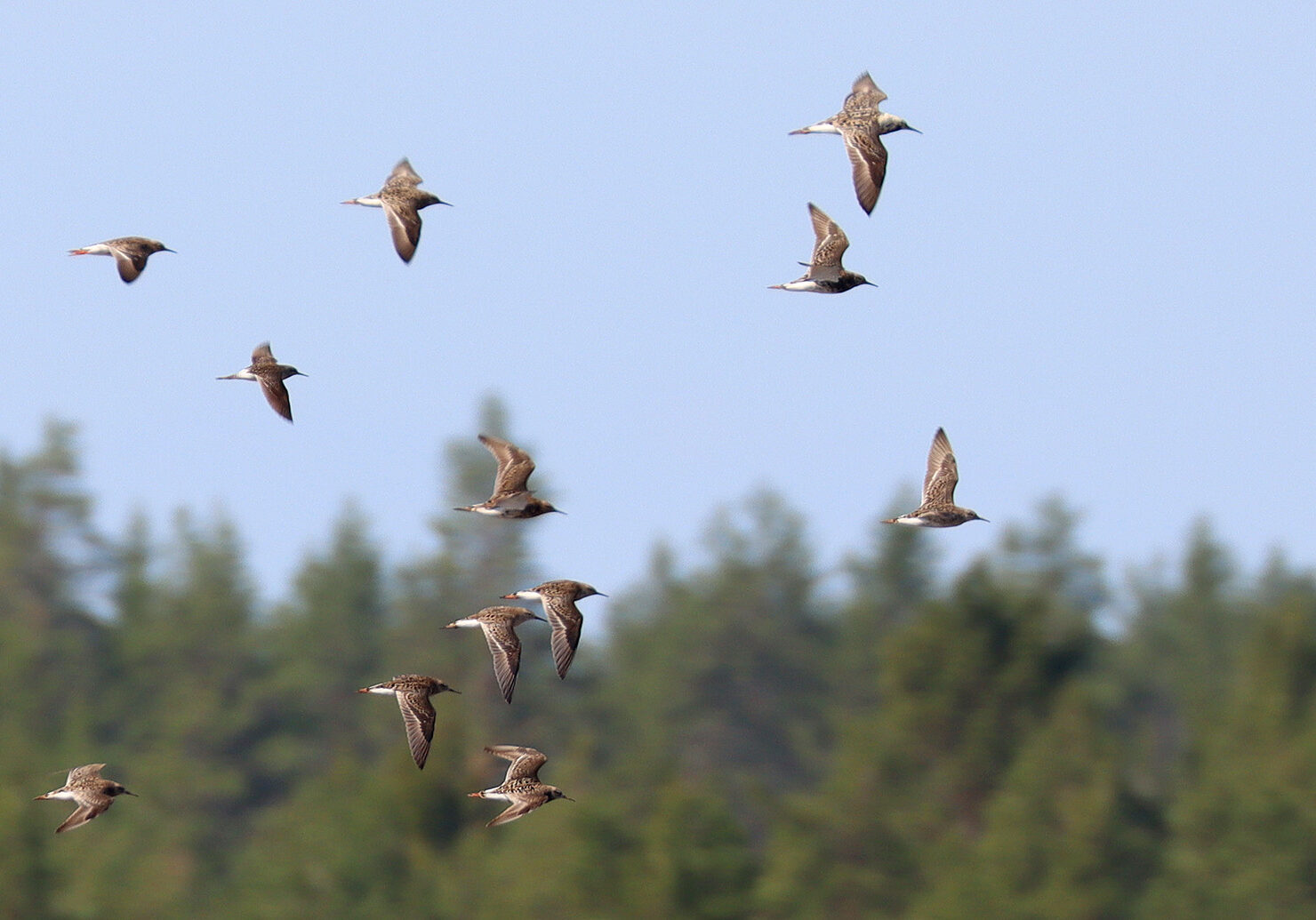
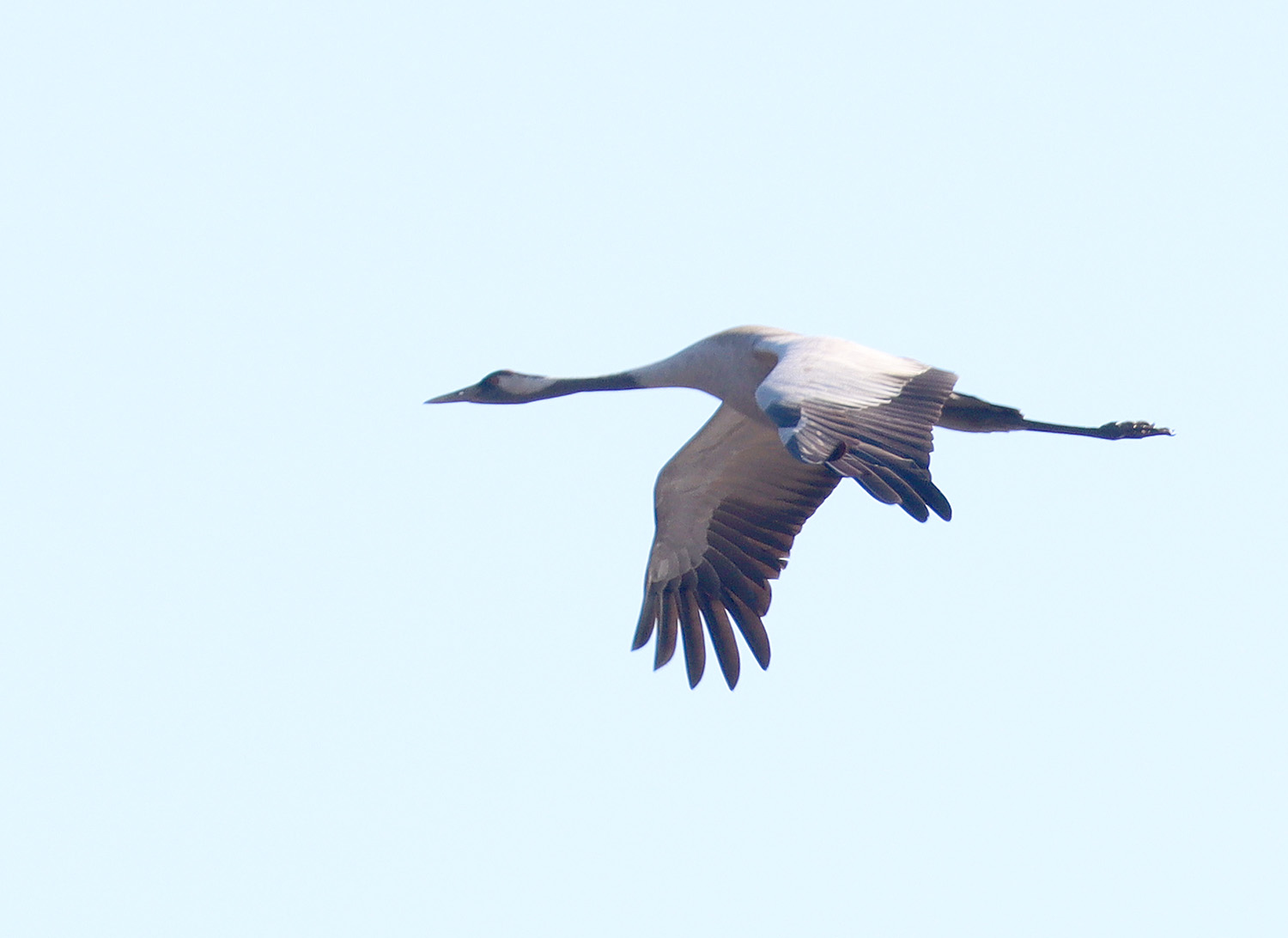

We then had a quick visit to see what the forests of Finland used to look like - the old-growth areas that once covered swathes of this huge country. It was like stepping into another world. The ground was soft with moss and huge wood ant nests rose from the forest floor, hoof fungus and red-belted brackets adorned standing and fallen deadwood, and a goshawk called loudly from not far away. It was these near mythical ancient forests that inspired J. R. R. Tolkien, and when you stand in the middle of one, you can see why. Sadly, only about 5% of the forests of Finland are thought to be still old growth, the rest is managed for industry, something I didn’t realise before this visit. We heard that the country has over two million km of forestry ditches, which emphasises the massive changes in water and forest management that have occurred over the last century. Finland isn’t a large and pristine wilderness, it is a country that thrives on its natural resources of water, trees, and minerals, and most of it is used to that effect.
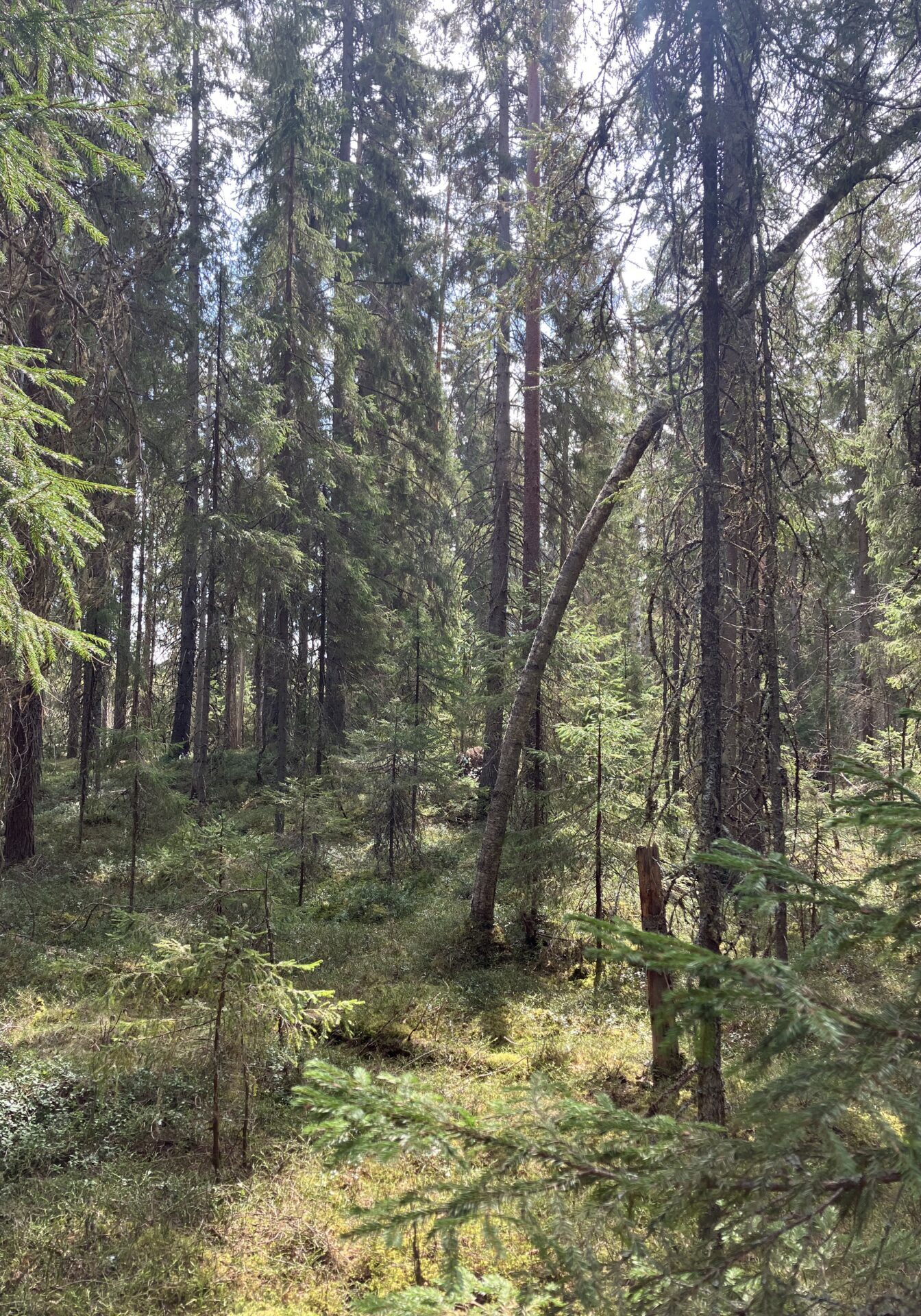
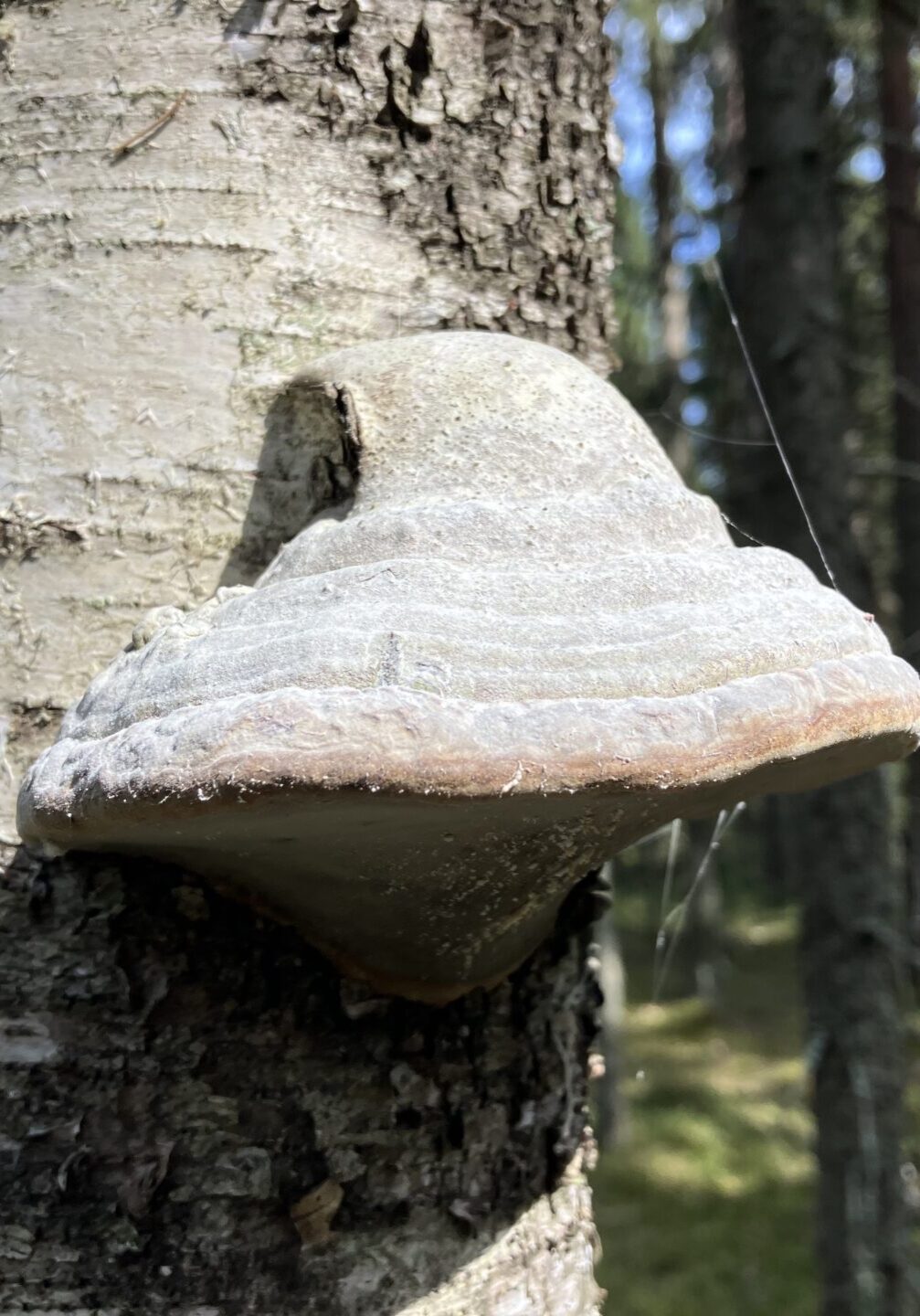
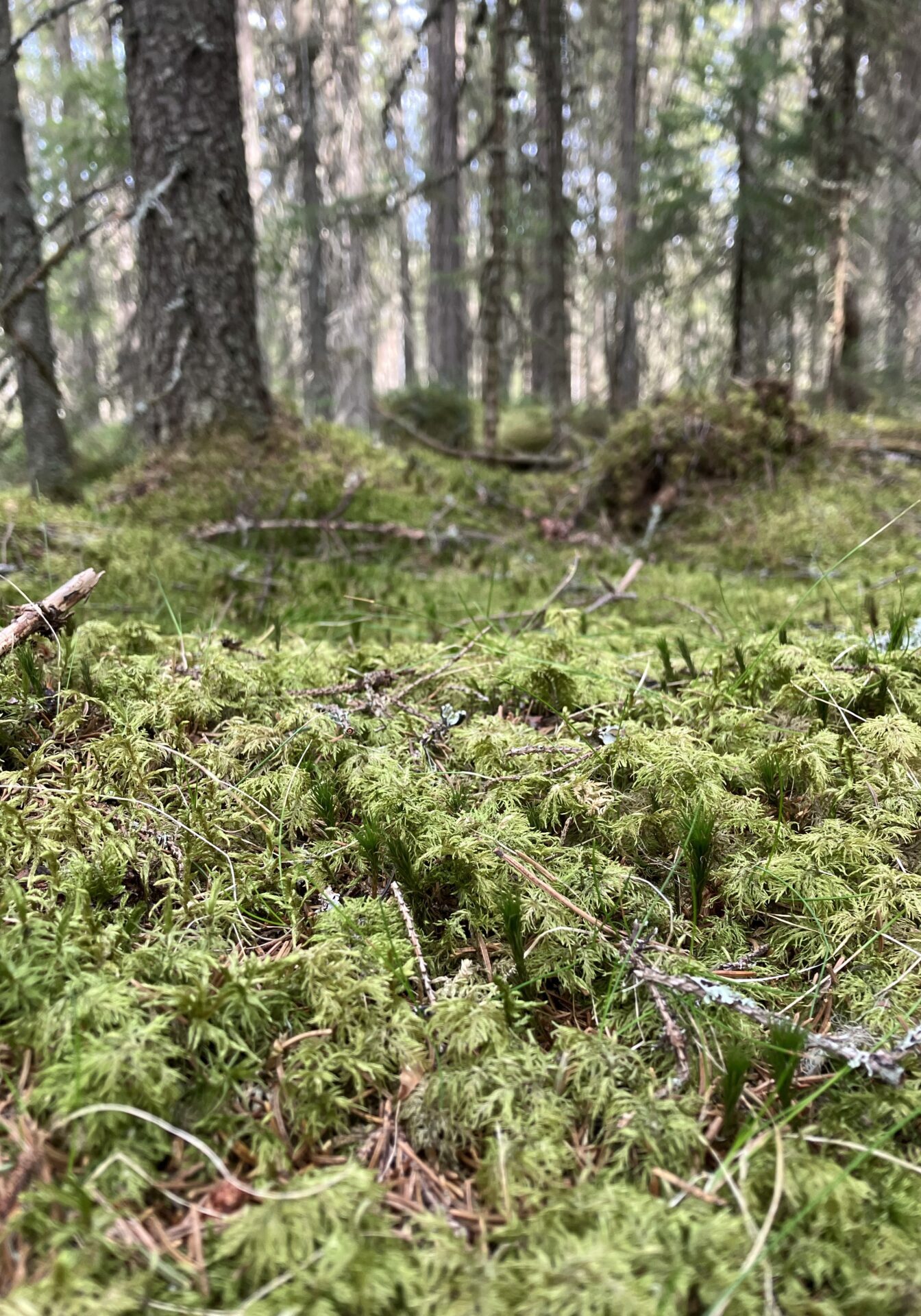
After lunch we went to Liperi, an intensive dairy area, where large fields provide silage and some crops. A flock of about two dozen common cranes walked in a stately manner across bare soil, and lapwings protested and whined in the air. We heard our first curlew and saw a few pairs wandering around. Tero informed us that the Curlew population in Finland is thought to be in the order of 45,000-60,000 pairs, so comparable to the UK, and that 90% breed on farmland in these kinds of featureless fields. Detailed studies on population trends and productivity are lacking, but it seems curlews are stable away from the far south of the country. As we said in the last blog, this is probably because predator pressure is kept low by hunting and the long, cold winters.
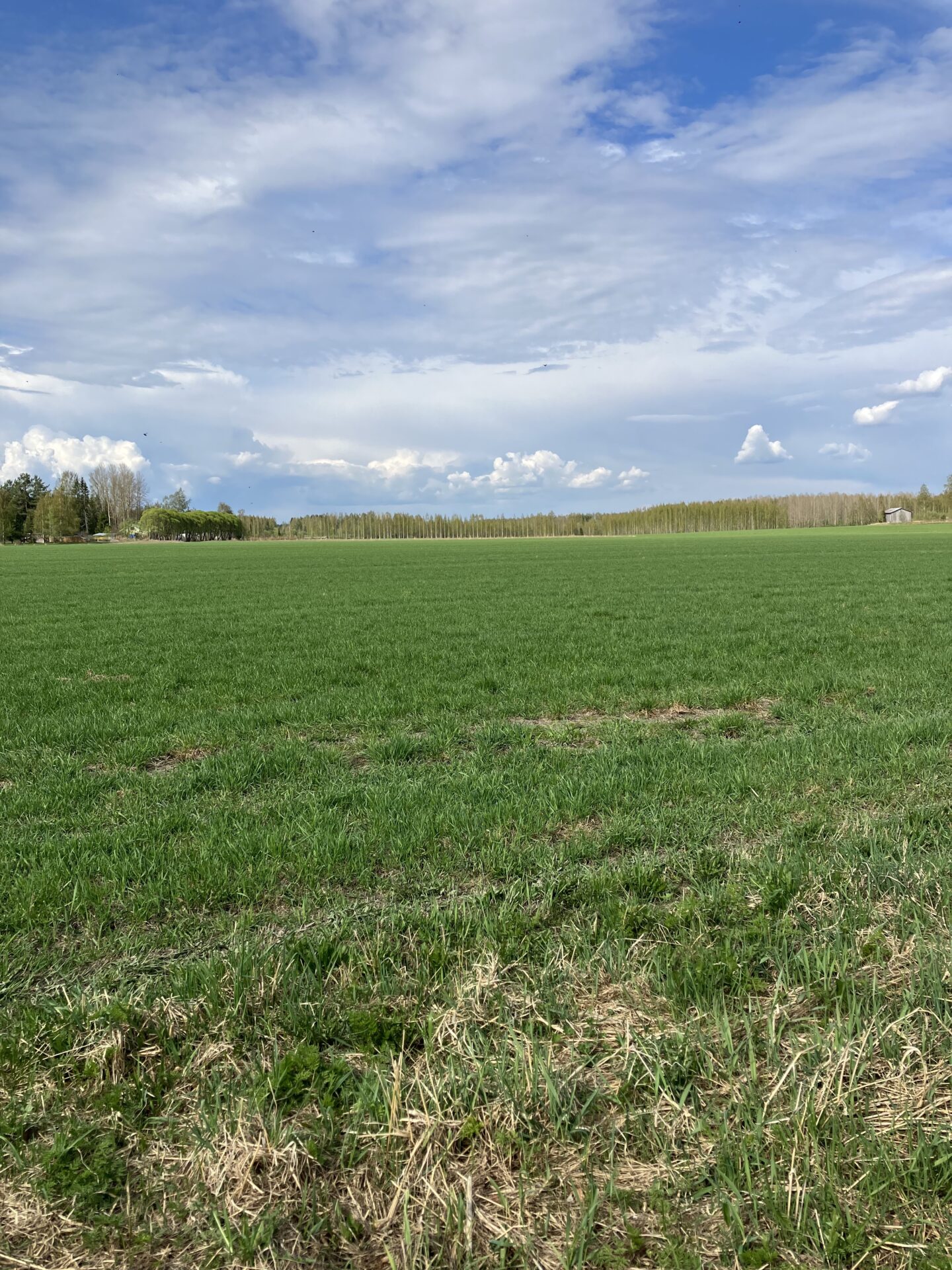
However, earlier in the day Tero introduced us to a highly experienced local ornithologist, Harri Kontkanen, who told us of recent studies showing that although curlews on farmland occurred at relatively high density (averaging just under 10 pairs per km2) they experienced 60% nest failure, with two-thirds of failures due to (largely nocturnal) predators such as red fox and the non-native racoon dog, and one-third due to farming operations such as slurry and fertiliser spreading and grass cutting. These kinds of statistics are more familiar to us in the UK and raise concerns around potential low productivity that can be masked due to the long life-expectancy of the species. Another, more unexpected pressure, came from the population of 1.4 million barnacle geese that pass through this region in mid-May, just as the curlews are incubating on the nest - the grazing pressure of the geese (over 10,000 can pack into a 10 ha field!) can leave the curlew nests highly visible and exposed to opportunistic predators such as hooded crows and ravens.
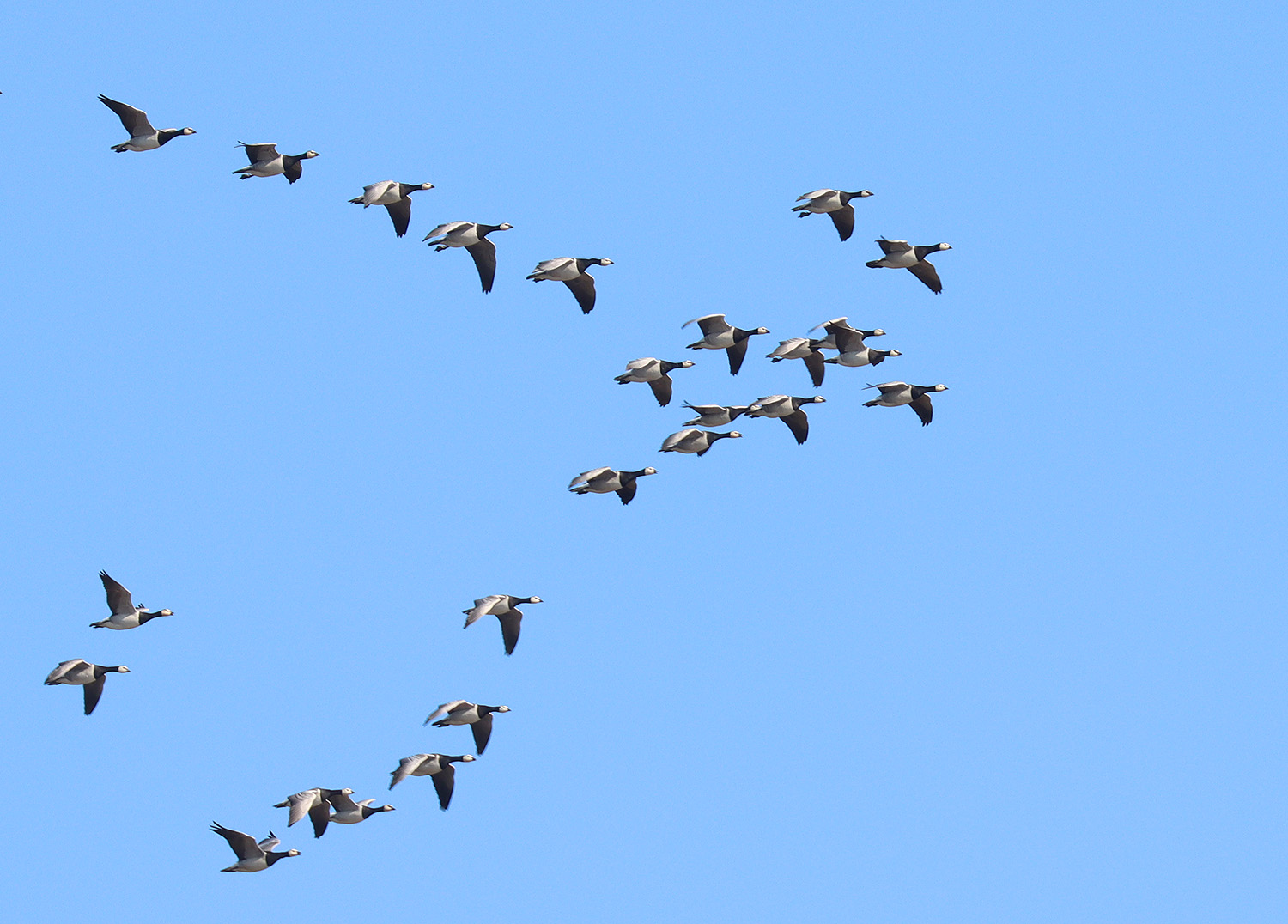
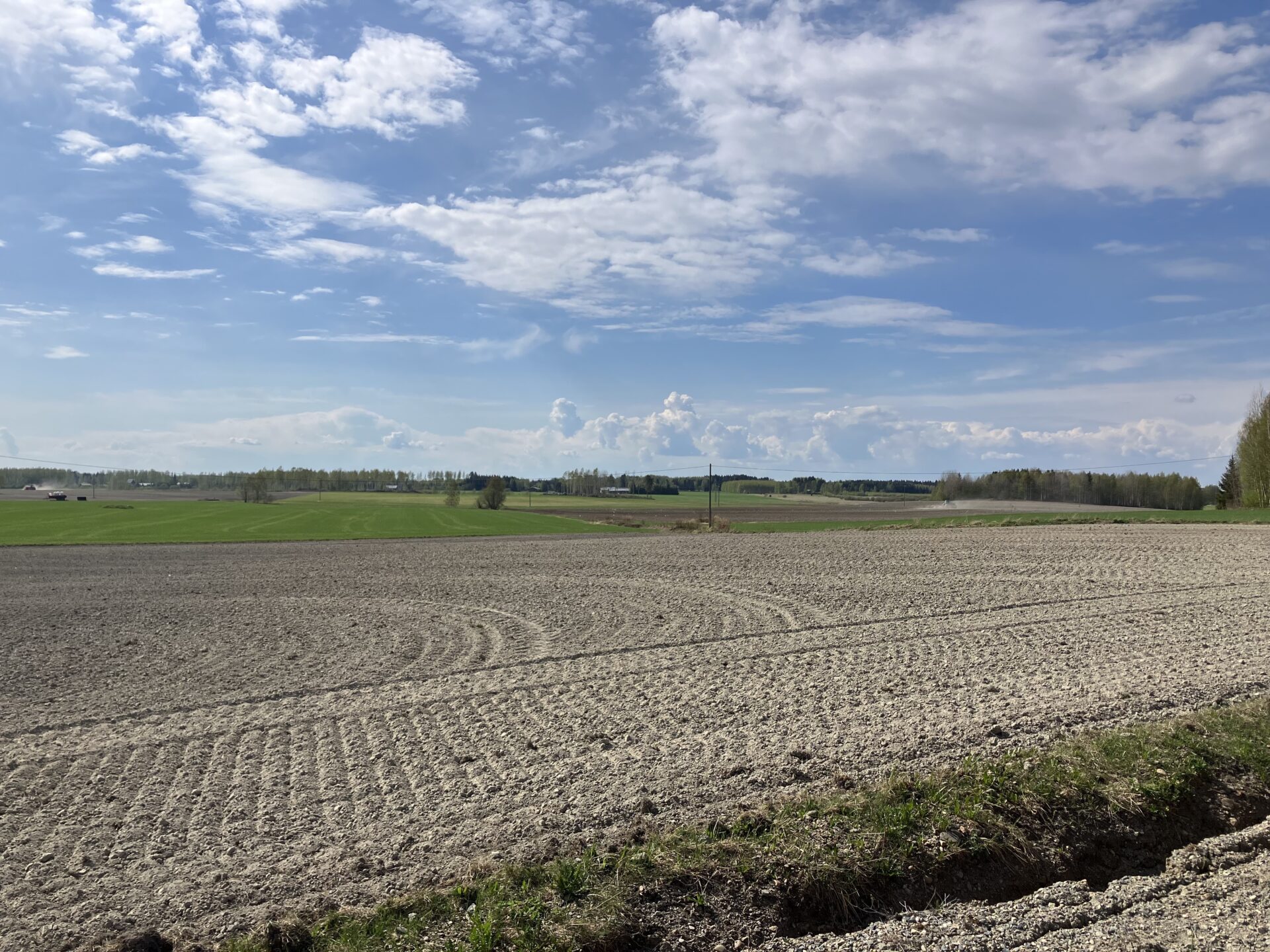
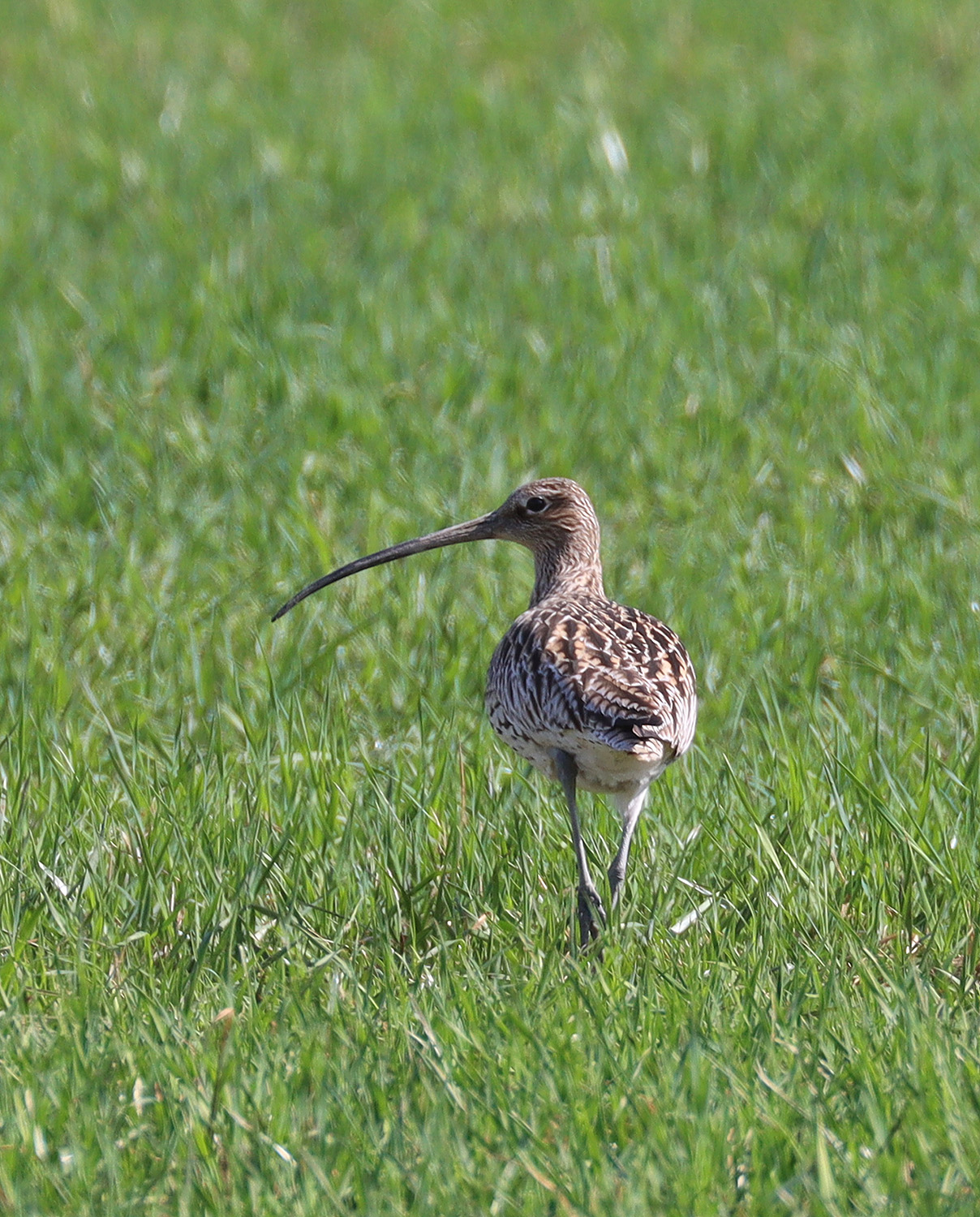
So, it’s been another day of confounding expectations. Highs included the call of the goshawk resounding through an old growth forest, the wealth of bird life on the restored pools, and the bubbling song of a curlew over a vast agricultural field. But this was countered by the growing realisation that Finland, as with so many other countries, has experienced extensive habitat loss in recent decades that has had negative and sometimes devastating impacts on local wildlife and communities. And that the curlews here are dominantly birds of farmed landscapes that are subject to the same pressures as many others across Europe, with their long-term conservation inevitably closely aligned to the often seemingly unstoppable juggernaut of national and international agri-environment policy.
Tomorrow we will accompany Tero to a wilderness area to see curlews breeding in more natural boggy landscapes - it will be a long day so the next blog may not arrive until Thursday, but we’ll do our best!
